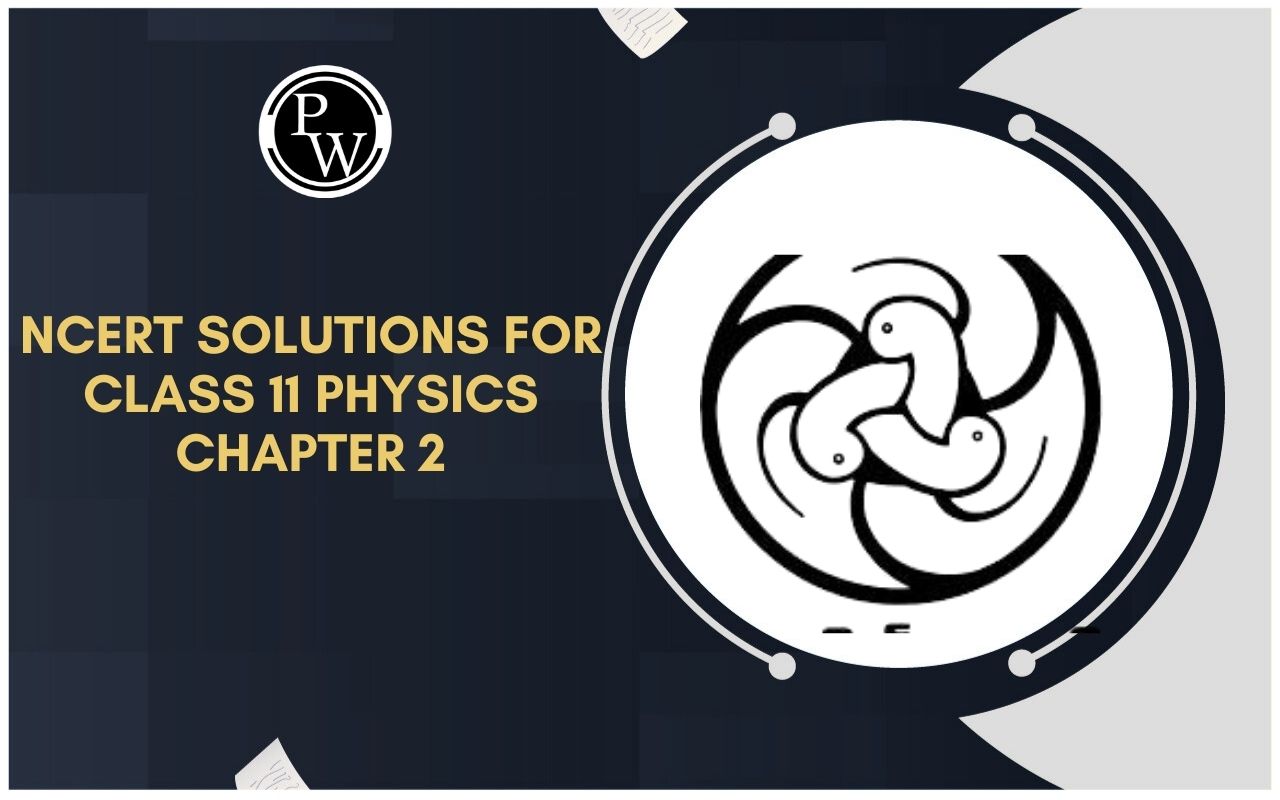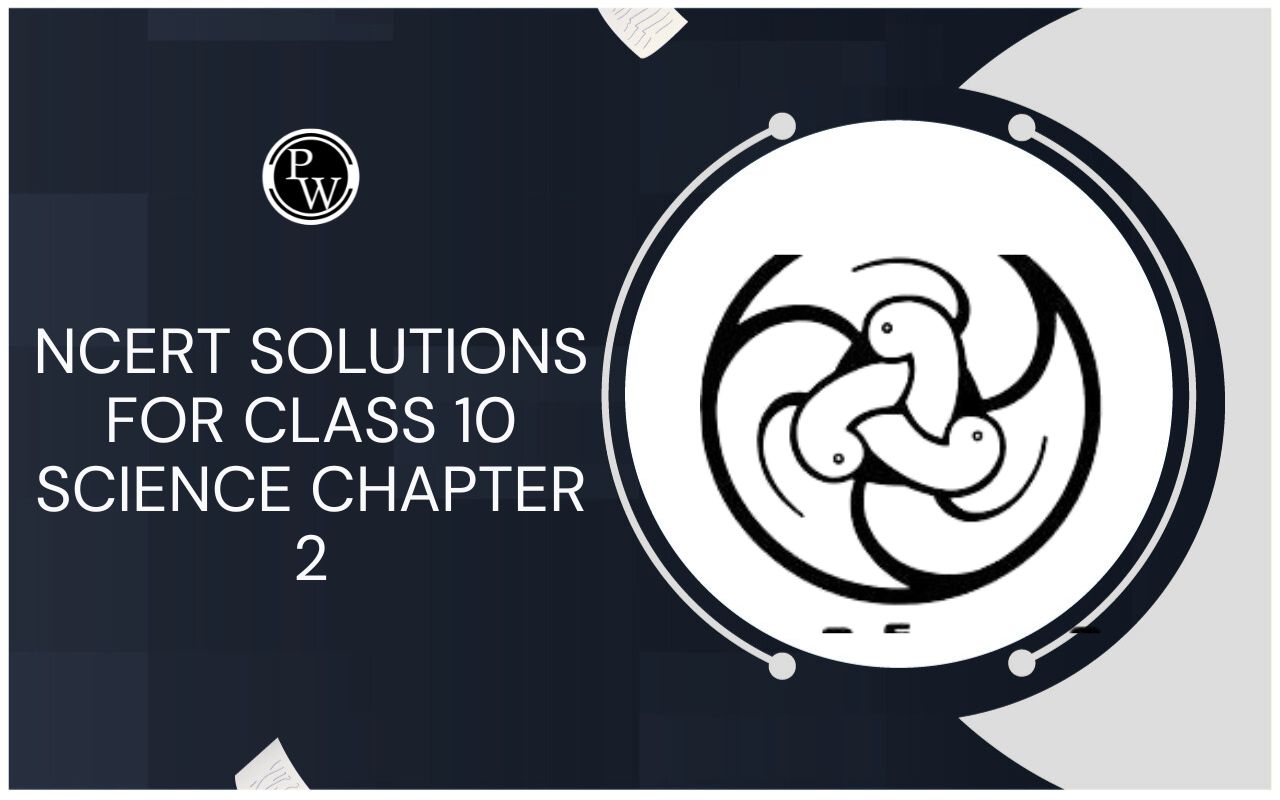
Limits and Derivatives
Apr 29, 2023, 16:45 IST
Mathematics is a subject that is based on logical reasoning and problem-solving techniques. It has many branches, one of which is calculus. Two important concepts of calculus are limits and derivatives . This article briefly discusses limits and derivatives along with their importance, applications and techniques.
| Table of Content |
Limits
Limits are a fundamental concept in calculus. Limits can be used to determine the behaviour of a function at certain points, such as whether it approaches a certain value or becomes unbounded. Limits are also used to define continuity, which is also an important concept in calculus.
Derivatives
Derivatives, on the other hand, are used to describe the rate of change of a function. A derivative is the slope of a function at a particular point. It is the rate at which the function changes at that point. Derivatives are used in many fields, including physics, engineering, economics and biology.
Relationship Between Limits and Derivatives
The concept of limits and derivatives are interrelated. The derivative of a function can be defined as the limit of the difference quotient as the distance between the two points approaches zero. The derivative of a function can also be used to find the maximum and minimum values of a function.
Importance of Limits and Derivatives
Understanding limits and derivatives is important because it provides a deeper understanding of the behaviour of functions and their applications. Limits and derivatives are used in many fields, including physics, engineering, economics and biology. By understanding these concepts, one can better understand and analyse real-world phenomena.
Applications of Limits and Derivatives
-
Optimisation Problems
One of the most common applications of limits and derivatives is in optimisation problems. These problems involve finding the maximum or minimum values of a function. For example, in economics, businesses often want to maximise their profits or minimise their costs.
-
Curve Sketching
Limits and derivatives can also be used in curve sketching. Curve sketching involves drawing a graph of a function and finding its critical points, points of inflexion and concavity. These concepts can be determined using the first and second derivatives of the function.
Finding the Area Under a Curve
Limits and derivatives are also used to find the area under a curve. This is done using integration, which is the reverse process of differentiation. By finding the integral of a function, one can determine the area under the curve.
Common Misconceptions About Limits and Derivatives
There are some common misconceptions about limits and derivatives that can hinder one's understanding of calculus. One of the most common misconceptions is that limits and derivatives are the same. While they are related, they are not the same thing. Limits describe the behaviour of a function as the input values approach a certain value, while derivatives describe the rate of change of a function at a particular point.
Another misconception is that derivatives can only be used for linear functions. This is not true, as derivatives can be used for any function, including exponential, logarithmic and trigonometric functions.
Finally, some people believe that calculus is only useful for advanced math or science fields.
However, calculus has many practical applications in everyday life, such as determining the optimal speed for driving to conserve fuel, or calculating the best angle for a ramp to make it easier to access.
Frequently Asked Questions (FAQs)
Q1. What are limits in caclulus?
Ans. Limits are a fundamental concept in calculus that describe the behaviour of a function as the input values get closer and closer to a certain value. They are used to determine the behaviour of a function at certain points, such as whether it approaches a certain value or becomes unbounded.
Q2. What are derivatives in mathematics?
Ans. Derivatives are used to describe the rate of change of a function. They are the slope of a function at a particular point, which is the rate at which the function changes at that point. Derivatives are used in many fields, including physics, engineering, economics and biology.
Q3. How are limits and derivatives related?
Ans. The derivative of a function can be defined as the limit of the difference quotient as the distance between the two points approaches zero. This definition is known as the first principle of differentiation. The derivative of a function can also be used to find the maximum and minimum values of a function.
Q4. What are some applications of limits and derivatives?
Ans. Limits and derivatives are used in many applications, including optimisation problems, curve sketching and finding the area under a curve. In optimisation problems, limits and derivatives are used to find the maximum or minimum values of a function. In curve sketching, they are used to find the critical points, points of inflexion and concavity of a function. In finding the area under a curve, they are used to find the integral of a function.
Q5. Why is understanding limits and derivatives important?
Ans. Understanding limits and derivatives is important because it provides a deeper understanding of the behaviour of functions and their applications. Limits and derivatives are used in many fields, including physics, engineering economics, and biology. By understanding these concepts, one can better understand and analyse real-world phenomena.









